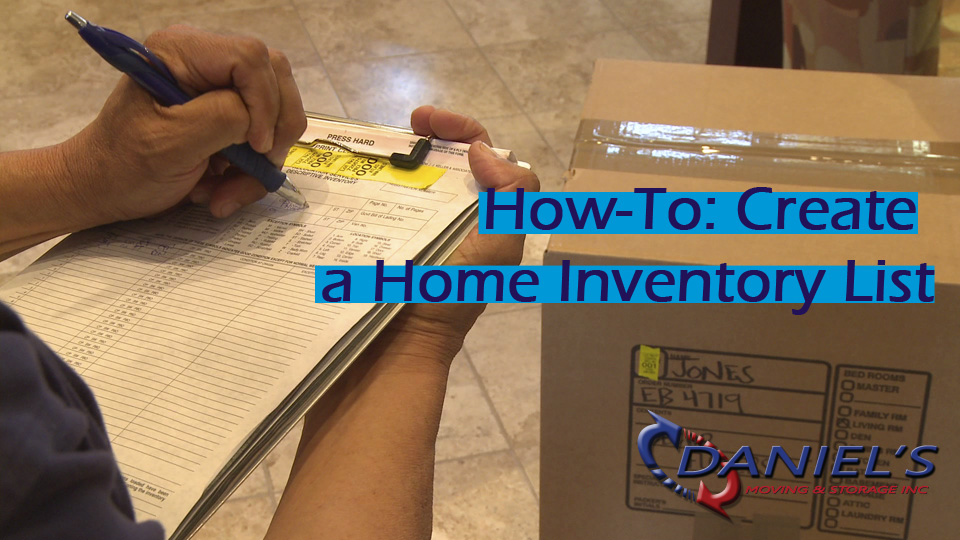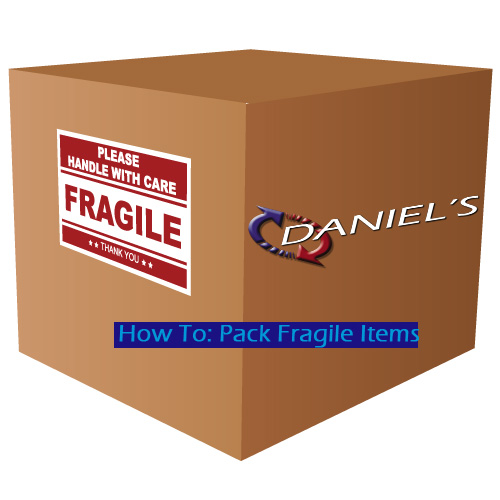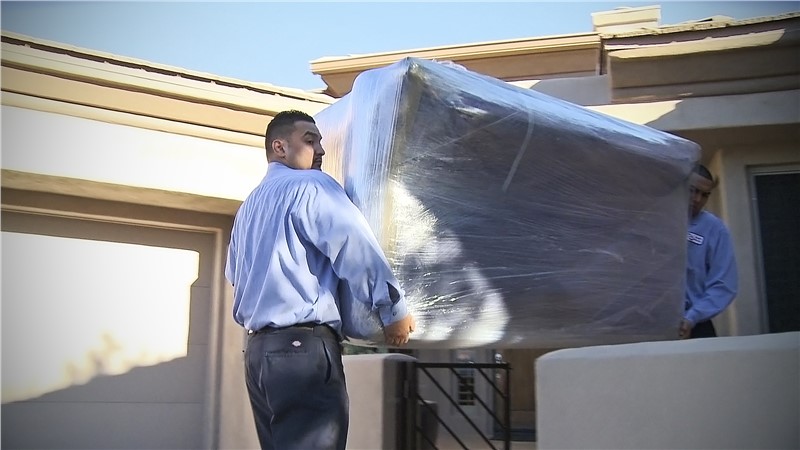
Home inventory lists can be extremely useful during a move. An inventory list is simply just a list of everything you own. Depending on your move, a packing list or a list of things that you’re moving with may be useful as well. For instance a packing list may be useful if some items are being put into storage and some items are being moved into a new residence. When you move, a home inventory list will aid you in making sure all of your belongings are there and that they are in the condition you left them in. A packing list can have the same purpose. Both documents also help when it comes to unpacking and if you need to make a claim, in the case of theft or damage. Each list should have exactly what you own, where it goes and how much it costs. Also make note of each item's condition and specific noticeable damages.
Beginning your list:First step is to decide if you are going to write your list out using paper and pen, or if you are going to use a laptop or PDA. For electronic lists consider using Microsoft Excel to create the list. You can also take pictures or videos of your valuables, fragile items and electronics. Keep these pictures with the list, whether it is in the same file on your laptop or if they are printed out and kept with a hard copy.
Create the list: Before actually creating your list(s) be sure to decide which items you will be getting rid of, which items are considered valuable, which items will be going into storage (if any), and which items will be moving with you.- Begin your list by copying all of your important documents and storing them in different places from the originals. Digital copies may be useful and can be stored with your excel spreadsheet home inventory list.
- Next, videotape or photograph all your valuable items, which should have already been determined. You want to make sure you document the most important items first to make sure they are all properly documented.
- Now you can begin the rest of your inventory. Start with at least three columns (item, value, and location). You can add any additional columns you find necessary, I.E condition or damages.
- If you’re using your home inventory list as your packing list, pick a color or number for each room and assign each item a color or number that corresponds to which room they will be packed in. This will help in the unpacking and packing process.
- Try to at least estimate a value for every item, even if you are unsure. You can look most items up online for a value or get an appraisal if necessary.
- Do each room one at a time, this will help you keep items organized. We recommend going in the order you plan on packing/unpacking the house in.
- Make sure to open all jewelry boxes, toolboxes, drawers, cabinets and other cases to record valuables inside.
- Also, don’t forget to include appliances on the list.
If you chose to write your list on paper, make sure it is written out neatly and that you make several copies once it is complete. Store the copies in different places. You may want to give a copy to a friend or relative, especially during the move. Another good option is to keep on in a safe deposit box. Also keep one copy with you during the move in your hand luggage, so you will have it to unpack.








Comments